#breweries
Photo

Number of registered beer breweries by inhabitants in elected european countries.
by maply
162 notes
·
View notes
Text

Man works with bottling machine at Marx Brewing Company factory. Recorded in glass negative ledger: "M/Localities-Wyandotte-Industries & business houses-Marx Brewing Co."
Burton Historical Collection, Detroit Public Library
#marx brewing company#marx#wyandotte#michigan#michigan history#brewery#breweries#beer#factory#marx brewing co.#glass negative#bottling machine#detroit public library
58 notes
·
View notes
Text

From yesterday’s brewery adventure🙊
13 notes
·
View notes
Text

Long Island City. October 2023.
#imiging#black and white photography#luxlit#ricoh gr#peter bogdanovich#breweries#focalpointbrewing#accidentalprofundities#bnw#bnwphotography#bwphotography#monochromatic
7 notes
·
View notes
Text



Met up with my high-school bestfriend and she took me to a brewery (my favorite hobby) and got me Drunk and this was the result of it. 😅
43 notes
·
View notes
Text


I highly recommend turning stickers into magnets. Some of these stickers I’ve had for over five years waiting for the right place. Apparently my kitchen cabinets are the place.
#diy craft#stickers#kansas#home decor#tattoo artists#tattoo artwork#nic cage#stranger things#Bob Burgers#wichita#Bad Omens#Seaway#craft beer#breweries
2 notes
·
View notes
Photo
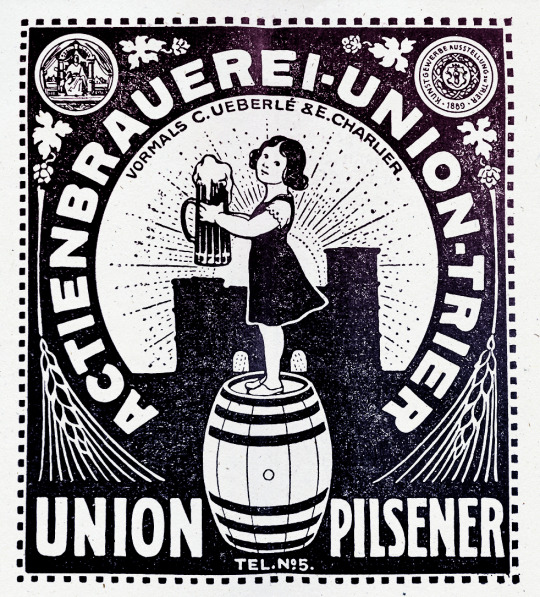
Vintage newspaper ad for Actienbrauerei-Union-Trier Union Pilsner.
7 notes
·
View notes
Text

Two thumbs up for Brouwerij Noordt in Rotterdam. I tried their dubble and bock.
3 notes
·
View notes
Text
Museu Arqueologico do Carmo & Museu da Cerveja - Lisbon, Portugal

We started today off with a visit to Carmo Convent, which is now an amazing archaeological museum. Construction on the convent began in 1389 and by 1551 it had been expanded to house 70 clergy and 10 servants. It was significantly damaged in the 1755 earthquake and had to be abandoned. In 1800, minor repairs were made and the military took over the space. In 1864, the space was donated to the Association of Portuguese Archaeologists and turned into a museum.
It is definitely a work-in-progress, however, the artifacts that are on display are impressive. We were amazed at what was displayed in the convent, as well as the actual ruins of the convent. Well worth the time and the $4/person admission fee.

Inside the convent - no roof, beautiful arches, and lots of displays of pediments and columns in this area.
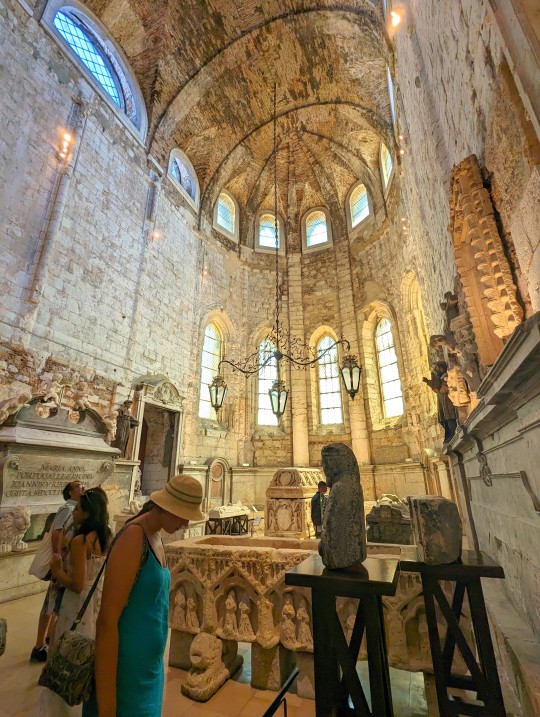
Inside there are multiple rooms filled to the brim with historical artifacts from around the world.


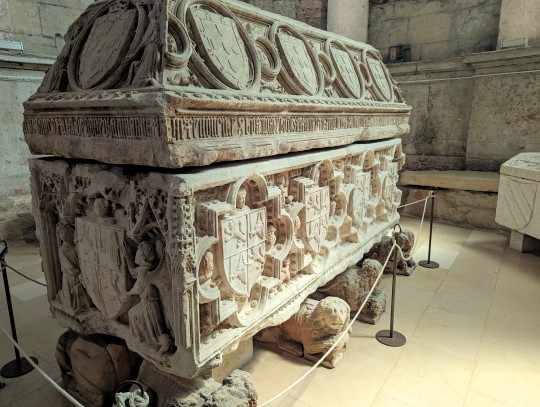
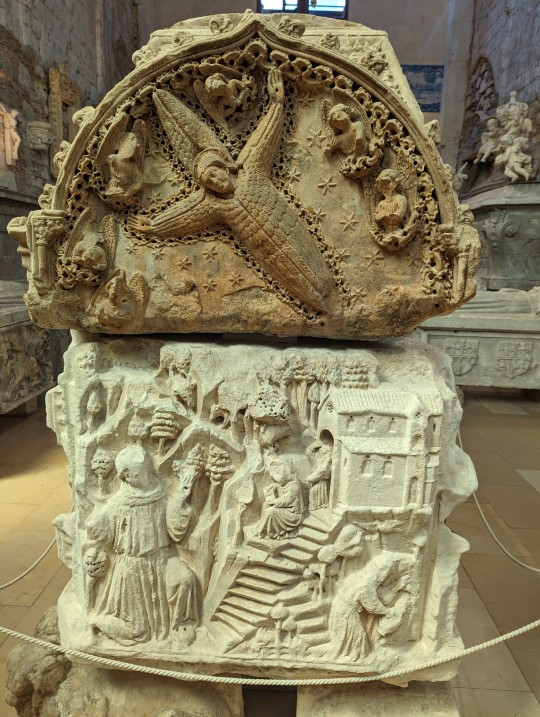
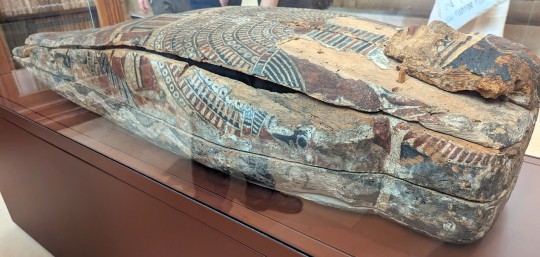
Top to bottom: porcelain tile panels depicting scenes from the Passion of Christ, tomb of a king, an elaborately decorated chest, and a mummy.
We visited the museum for over and hour, so many artifacts to take in - we were glad that we decided to go inside and explore. We wandered to the back side of the convent, where there were some nice views.

St. George's Castle was visible on the treed hillside.

Lisbon Cathedral was our next destination - we opted to not go inside.
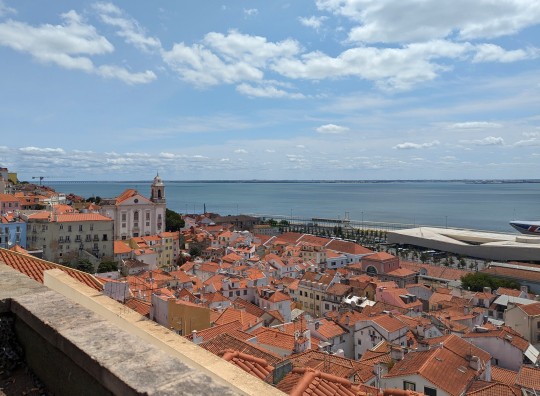
We continued our tour, finding a vista with lovely views of the Tagus River, as we made our way toward the National Pantheon.

The National Pantheon - which houses the tombs of Portugal's major historic figures. We opted to not go inside, small admission charge or free with Lisbon Card.



A few of the beautifully tiled facades we came across as we made our way around Lisbon today.

Igreja de Sao Vicente de Fora - a Catholic monastery. We walked the perimeter and enjoyed a little shade on a bench in the courtyard.

Courtyard at the monastery.

Our next stop - the Beer Museum! Doug, waiting for our tour in the regal "Beer Tour Chair".
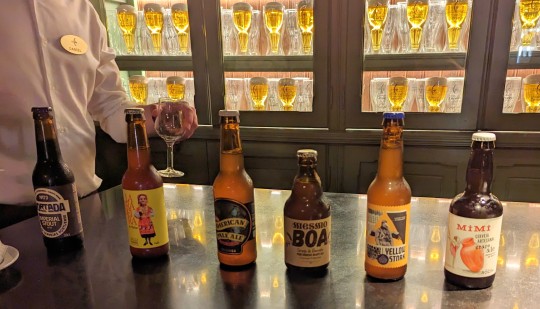
Our tour guide, Daniel, was amazing and we learned a bit about the history of beer during the tour. We shared the tour with 4 young people from England, they were delightful. Part of the tour is a tasting, everyone chose a beer from a huge refrigerator and we were given the option of sharing the beers or just tasting our own selection. Luckily, everyone was willing to share and we had a great time visiting and tasting the beers.

We enjoyed a couple beers and lunch at the restaurant at the Beer Museum - inside is very fancy dining, outside is way more casual. On my plate is bolinho de bacalhau (salt cod croquette, a local favorite). Doug was complaining because he had to wait to drink his beer while I took the picture!
The Beer Museum is located on Praca do Comercio - a beautiful plaza along the river. Below are scenes from around the plaza, including the Cais das Colunas (an historic pier with stone pillars). There was a lot happening on and around the plaza.

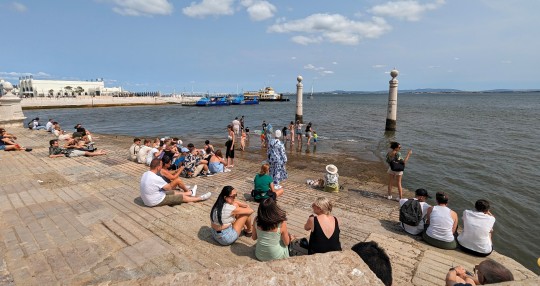


We were ready to head back to our place, we had covered a lot of territory and needed to put our feet up for a bit. On our way back, we passed by Pink Street - an Instagram hot-spot - EVERYONE was taking a selfie along this street. Pretty crazy!
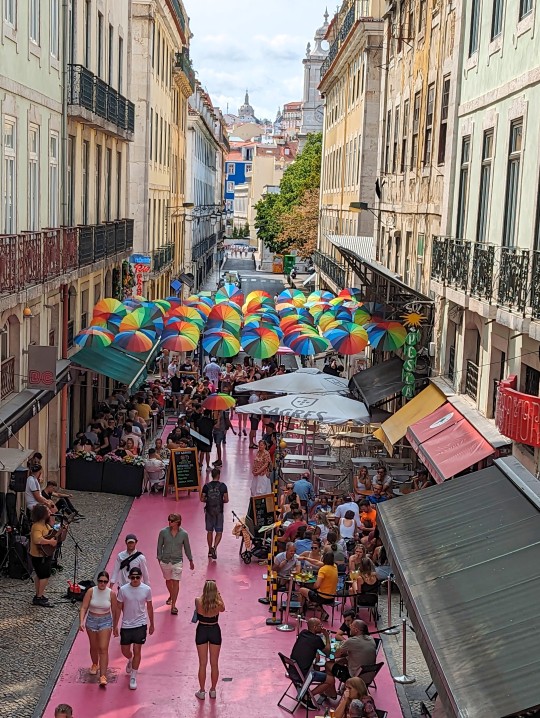
3 notes
·
View notes
Photo
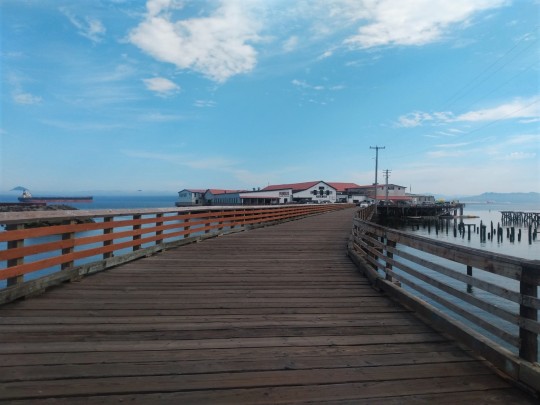
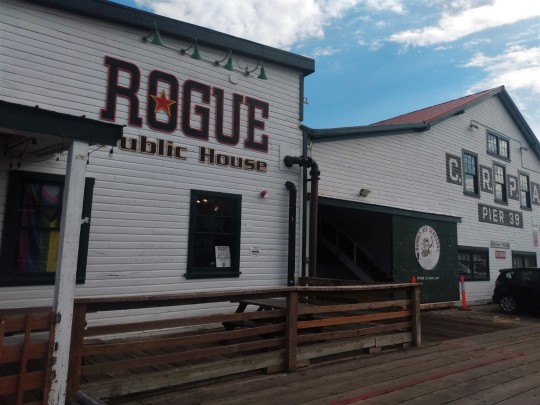

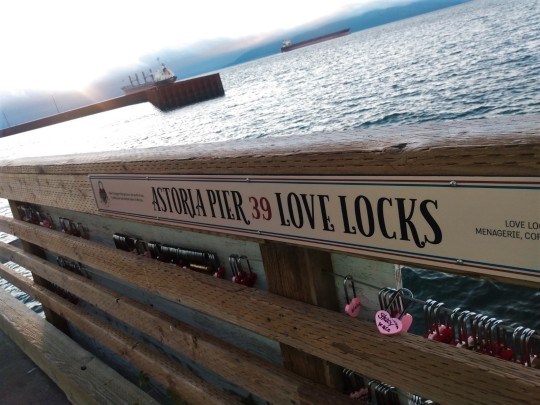



Pier 39 | Astoria, Oregon
#coffee girl#coffee#pier 39#astoria oregon#astoria#pnw#pacific northwest#oregon#travel photography#rogue#breweries#rogue brewery#sunset#docks#love locks#boats
12 notes
·
View notes
Text

Colored engraving depicting Louis Pasteur at work in the laboratory of Whitbread's Brewery in London in 1871
Citation: Severin, Mark F. “Colored Engraving Depicting Louis Pasteur at Work in the Laboratory of Whitbread's Brewery in London in 1871,” 1937. Fisher-Pasteur Memorial Collection, Box 1, Folder 17. Science History Institute. Philadelphia.
#science#science history#Louis pasteur#pasteur#engraving#digital collections#breweries#chemists#scientists#microbiologists#othmeralia
17 notes
·
View notes
Photo

Breweries across the U.S.
by u/houndrunner
44 notes
·
View notes
Text

Breweries are my favorite🥰
#me#curls#mine#hazel eyes#personal#drunk#natural curls#breweries#beerlover#local business#kitten#love
20 notes
·
View notes
Photo

Warwick, New York. July 2022.
#breweries#beer#red_dress#sonya7r#canonfd55mmf1.2#color photography#legacy_lens#hands#original photographers#original photography#luxlit#lensculture#lenscratch#imiging
33 notes
·
View notes
Text
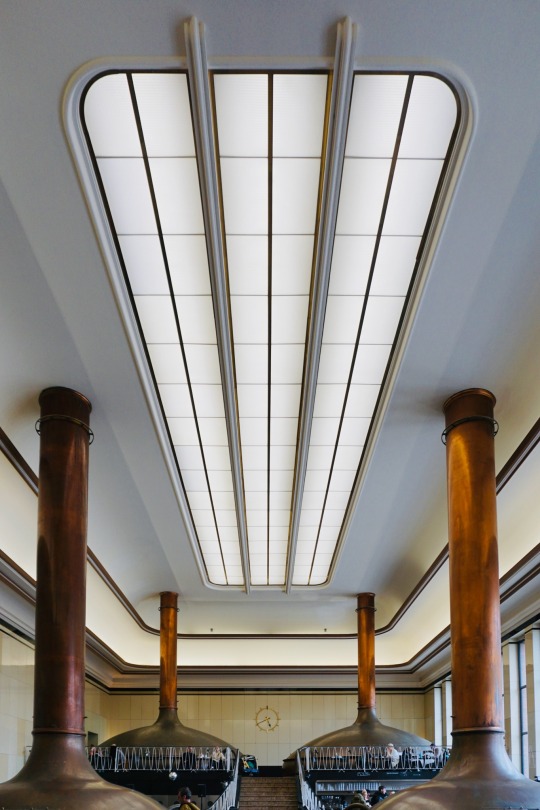
6 notes
·
View notes
Text
What are the steps of beer brewing process?
Brewing refers to the process of producing beer through the fermentation of malted grains, typically barley, using yeast. It is a combination of art and science that involves various steps, including malting, mashing, lautering, boiling, cooling, fermentation, conditioning, carbonation, filtration and packaging, and maturation.
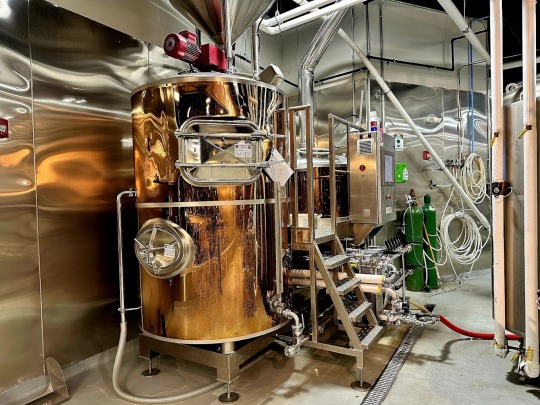
Malting: The process begins with malting, where barley grains are soaked in water and allowed to germinate. This activates enzymes that convert the starches in the barley into fermentable sugars.
Mashing: The malted barley is then milled and mixed with hot water in a process called mashing. This allows the enzymes in the malt to break down the starches into sugars. The mixture, known as the mash, is held at specific temperatures to promote enzyme activity and sugar extraction.
Lautering: After mashing, lautering involves separating the liquid portion of the mash (known as the wort) from the solid grain material. This is typically done by rinsing the mash with hot water and collecting the wort.
Boiling: The wort is transferred to a kettle where it is boiled. During this process, hops are added to provide bitterness, aroma, and flavor to the beer. The boiling also sterilizes the wort and helps to clarify it by precipitating proteins.
Cooling: Following the boiling process, the wort needs to be rapidly cooled to a temperature suitable for yeast fermentation. This can be achieved using a heat exchanger or by transferring the wort to a fermentation vessel and employing cooling equipment.
Fermentation: Once the wort has been cooled, yeast is added to the fermentation vessel. Yeast consumes the sugars in the wort and produces alcohol, carbon dioxide, and various flavor compounds. Fermentation can take anywhere from a few days to several weeks, depending on the beer style and yeast used.
Conditioning: After primary fermentation, some beers may undergo a secondary fermentation or conditioning phase. This allows the flavors to mellow, and any remaining yeast or sediment to settle. Conditioning can take place in the same fermentation vessel or in a separate vessel.
Carbonation: Carbonation adds the desired level of carbon dioxide to the beer, creating bubbles. Carbonation can be achieved through natural carbonation (where priming sugar is added to the beer before bottling) or forced carbonation (using carbon dioxide gas).
Filtration and Packaging: Before packaging, the beer may undergo filtration to remove any remaining solids or haze. The filtered beer is then packaged into bottles, cans, or kegs, ensuring proper sealing to maintain freshness and prevent oxidation.
Maturation: Some beer styles benefit from a period of maturation, allowing flavors to develop and mellow further. This can take place in the bottle, can, or keg.
2 notes
·
View notes